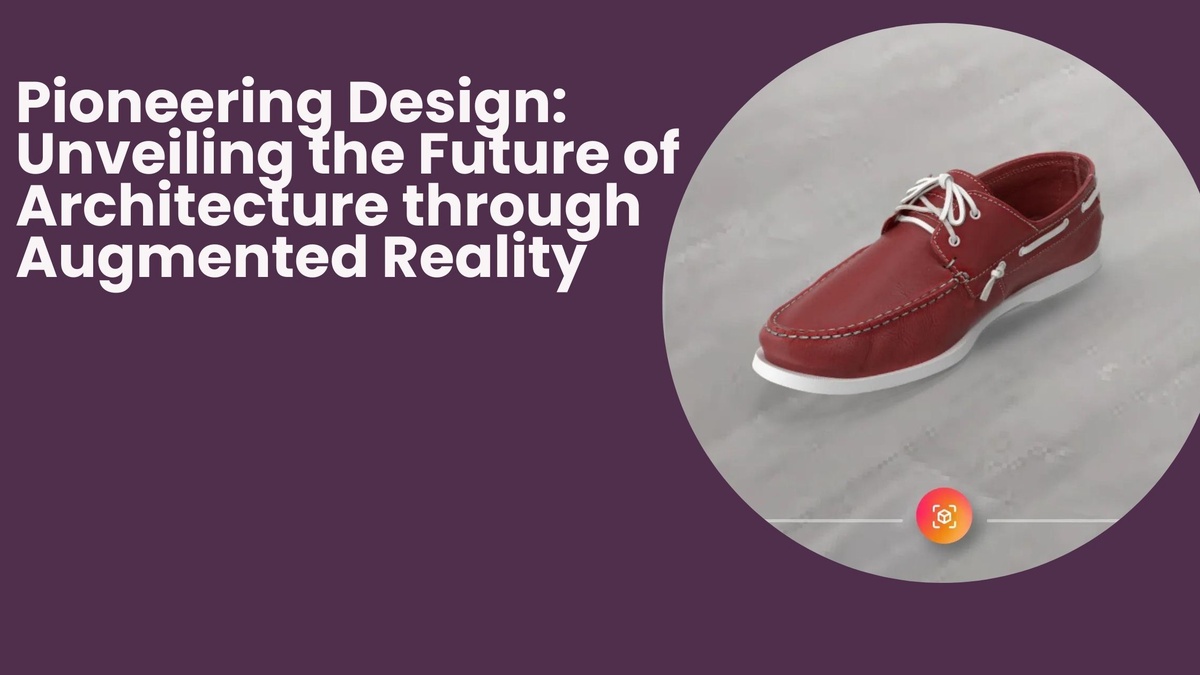Introduction:
As technology continues to redefine the boundaries of innovation, the field of architecture finds itself at the forefront of a transformative journey. Augmented Reality (AR), a cutting-edge technology, has emerged as a game-changer, offering architects and designers a dynamic platform to visualize and interact with their creations in ways previously unimaginable. In this exploration, we delve into the realm of augmented reality, unveiling its potential and the pivotal role played by augmented reality design agencies in shaping the future of architecture.
Understanding Augmented Reality in Architecture:
Augmented Reality overlays digital information onto the real-world environment, providing users with an enriched and interactive experience. In architecture, AR is harnessed to visualize designs, superimpose digital models onto physical spaces, and revolutionize the design and planning processes.
Visualizing Designs in Real-Time:
Augmented Reality enables architects to visualize their designs in real-time within the actual physical space where the structure will be erected. This allows for a deeper understanding of scale, proportions, and the interaction between the design and its surroundings.
Enhancing Client Collaboration:
AR facilitates client engagement by allowing them to experience and interact with architectural designs in a tangible way. Clients can "walk through" virtual spaces, providing valuable feedback and fostering collaborative decision-making.
On-Site Construction Assistance:
Augmented Reality aids construction processes by providing on-site assistance. Construction workers equipped with AR devices can access detailed visualizations, instructions, and real-time data, enhancing precision and efficiency during the building phase.
Interactive Design Reviews:
Architectural design reviews become immersive experiences with AR. Stakeholders can explore 3D models, analyze design elements, and make informed decisions in a collaborative and interactive environment.
Virtual Prototyping and Iteration:
Augmented Reality serves as a virtual prototyping tool, allowing architects to experiment with different design iterations. This iterative process enables refinement and optimization before the actual construction phase begins.
Showcasing Sustainability Features:
Architects can utilize AR to showcase sustainability features and environmental impacts of a design. This not only highlights eco-friendly elements but also educates stakeholders on the ecological footprint of a structure.
Remote Collaboration and Global Connectivity:
Augmented Reality transcends geographical barriers, enabling architects, designers, and clients to collaborate seamlessly, regardless of their physical location. This global connectivity fosters innovation and diverse perspectives in the design process.
AR-Enabled Marketing and Presentation:
Architectural projects can be showcased to a broader audience through AR-enabled marketing materials. Virtual tours, interactive presentations, and AR apps enhance marketing efforts, captivating potential clients and investors.
The Role of Augmented Reality Design Agencies:
Augmented Reality Design Agencies specialize in harnessing the full potential of AR for architectural applications. These agencies bring together a multidisciplinary team of designers, developers, and AR experts to create immersive and functional AR experiences tailored to the specific needs of architectural projects.
Choosing the Right Augmented Reality Design Agency:
Portfolio Review: Evaluate the agency's previous work to gauge the quality and style of their AR applications in the architectural domain.
Technical Expertise: Ensure that the agency possesses the technical skills and expertise required for complex architectural visualization projects.
Client Testimonials: Read client testimonials to understand the experiences of others who have collaborated with the agency on similar projects.
Innovation and Customization: Opt for an agency that values innovation and can customize AR solutions to meet the unique requirements of your architectural designs.
Conclusion:
As we stand at the crossroads of technology and design, augmented reality emerges as a transformative force, propelling the field of architecture into a new era of creativity and functionality. Augmented Reality Design Agencies play a pivotal role in unlocking the full potential of this technology, offering architects and designers the tools to bring their visions to life in ways that were once confined to the realms of imagination. The future of architecture is now, and it is augmented.


No comments yet